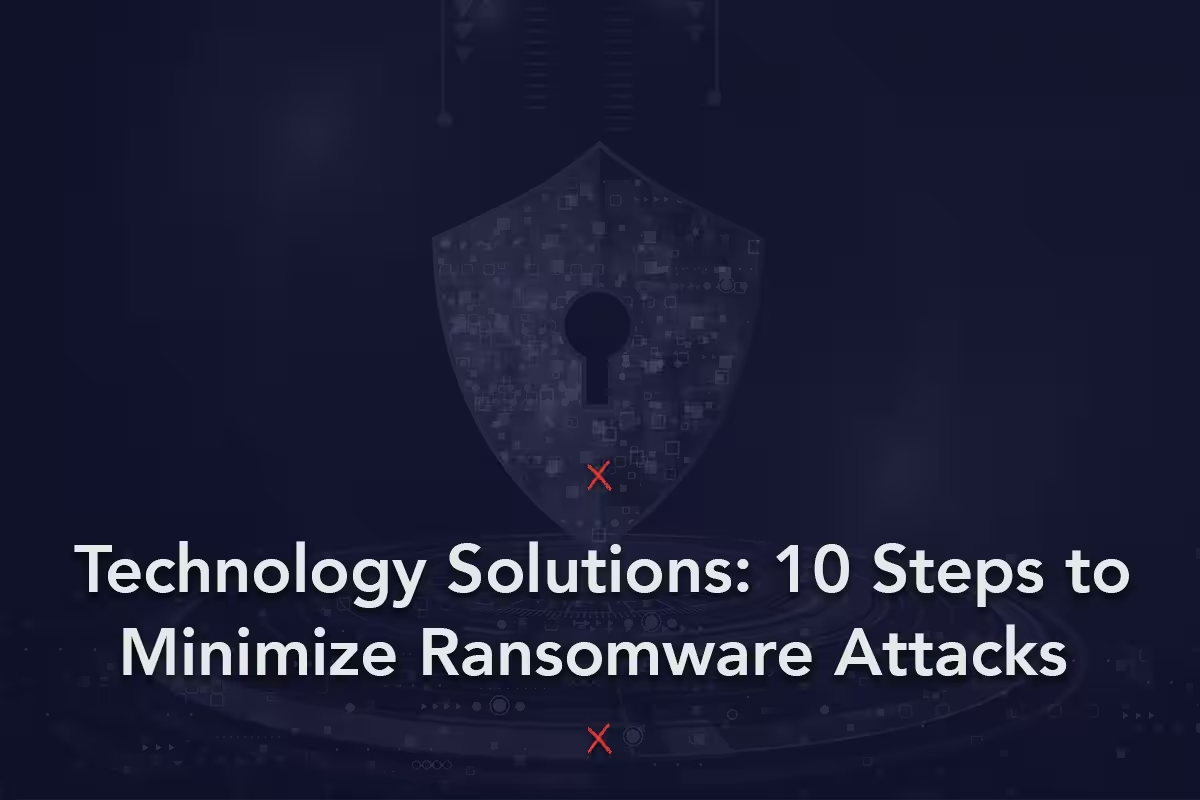More than 14 publicly claimed ransomware attacks occur each day, many of which target small businesses or organizations that don’t think they’re in danger. But this doesn’t mean you have to wait like a sitting duck for an attacker to target your club. Adopting specific prevention measures can help you avoid attacks and minimize the impact if one does occur.
THE DANGERS OF RANSOMWARE
Ransomware is a type of malware attack that blocks access to important files on your device or within your network until a ransom is paid. The attackers are financially motivated and typically threaten to leak sensitive data if a large ransom isn’t immediately paid. While this sounds like a problem for big business, it’s actually a bigger problem for small businesses and organizations that don’t think they’re at risk.
Once cybercriminals have access to your data, there’s no guarantee you’ll get it back. Your club won’t be able to use the files, and you’ll be liable for the consequences if the personal identifiable information (PII) of your players or staff members is leaked as a result of the attack. Implementing some basic safety measures can help you ensure this doesn’t happen.
10 STEPS TO MINIMIZE RANSOMWARE ATTACKS
As with most things, when it comes to ransomware, an ounce of prevention is worth a pound of cure. The steps you take before a ransomware attack can significantly reduce the impact of the attack on your club. Take these ten steps to strengthen your network security and develop a strong response to ransomware attacks.
1. PERFORM FREQUENT DATA BACKUPS
Keeping sensitive data secure is the first step in preventing cybercriminals from using your data against you. Begin by determining the safest location to store your data — usually a cloud-based application, on-site hard drives, or external data centers. Keep this data secure by developing a concrete schedule for backing up the information.
2. HAVE A PATCH MANAGEMENT PLAN
Attackers often find access to your network through software that hasn’t been updated to block known vulnerabilities. Patch management is the process you use to acquire and apply updates to the software and devices you use. Your plan should include identification of IT assets and their locations, and records of routine updates.
3. UTILIZE ENDPOINT DETECTION AND RESPONSE (EDR) SOLUTIONS
Endpoints (devices that communicate with your network through internet) often have vulnerabilities that attackers use to gain access to your…
Click Here to Read the Full Original Article at Junior Volleyball Association…

